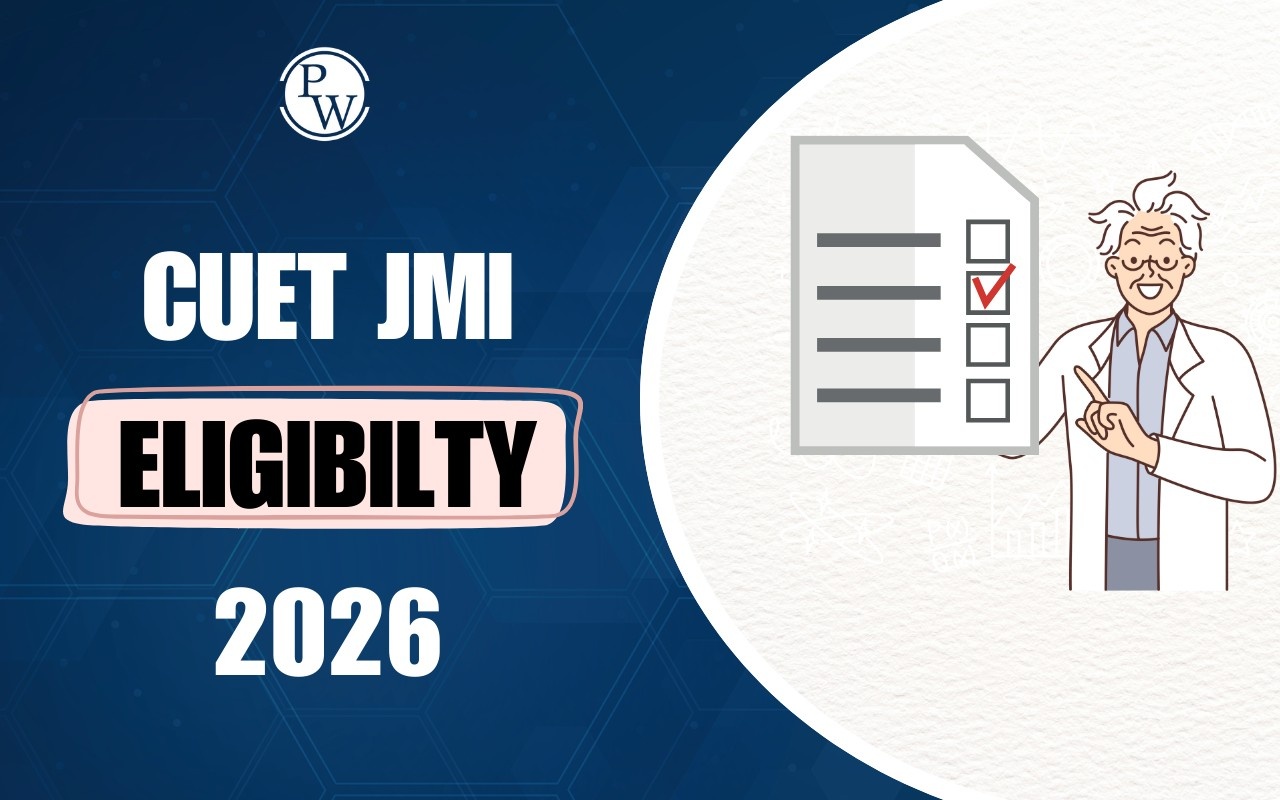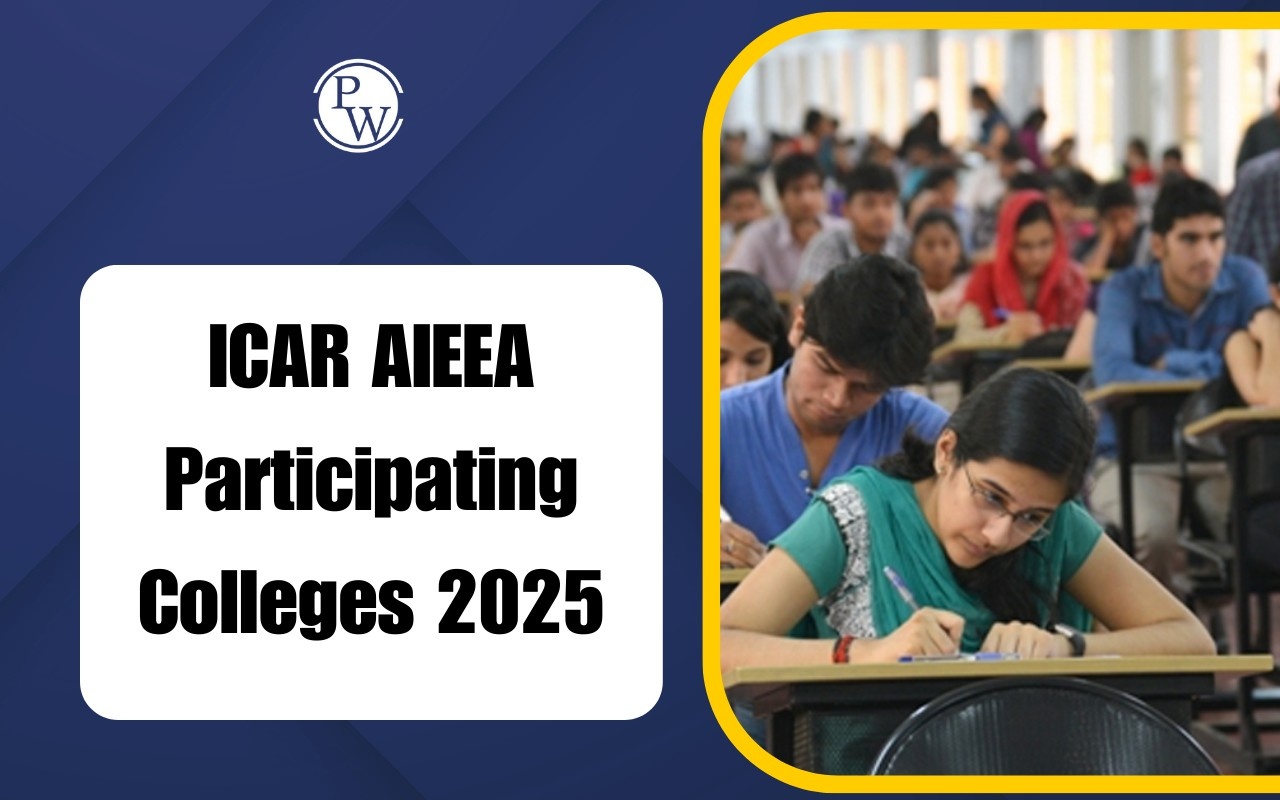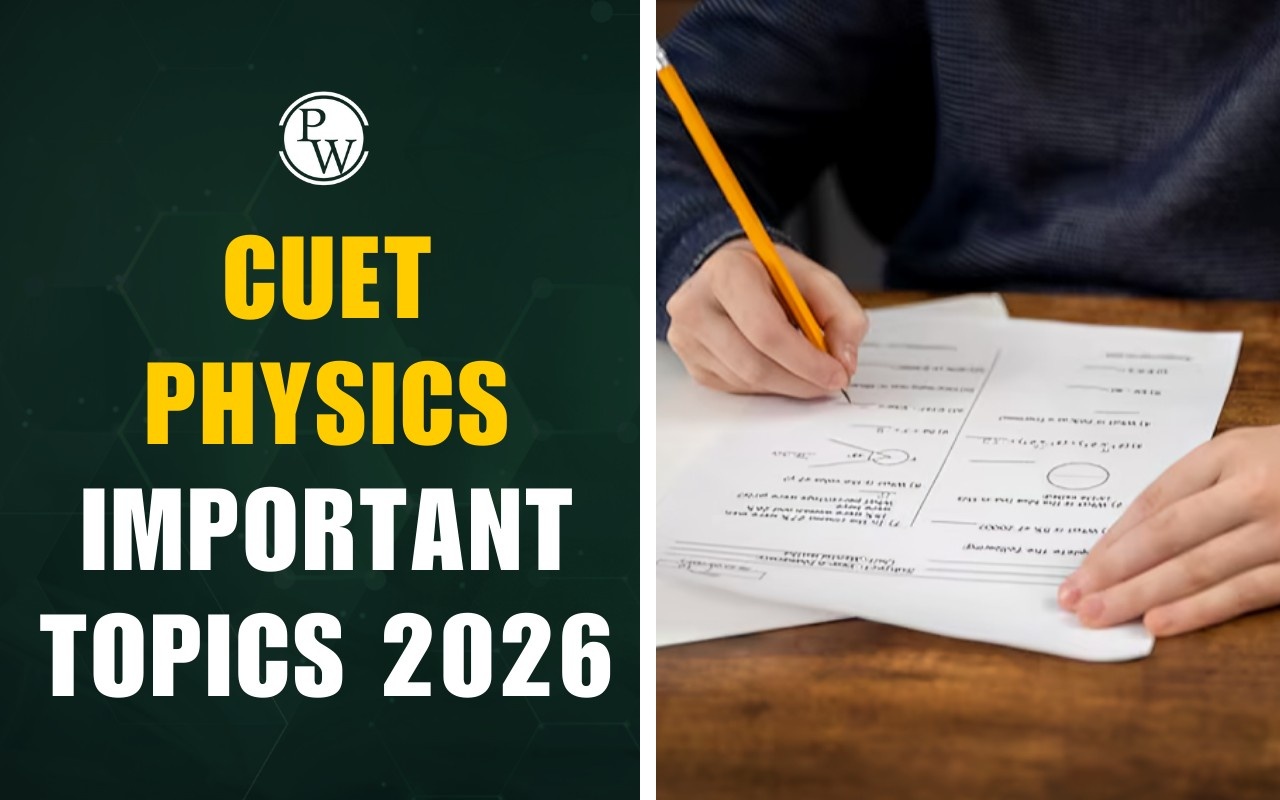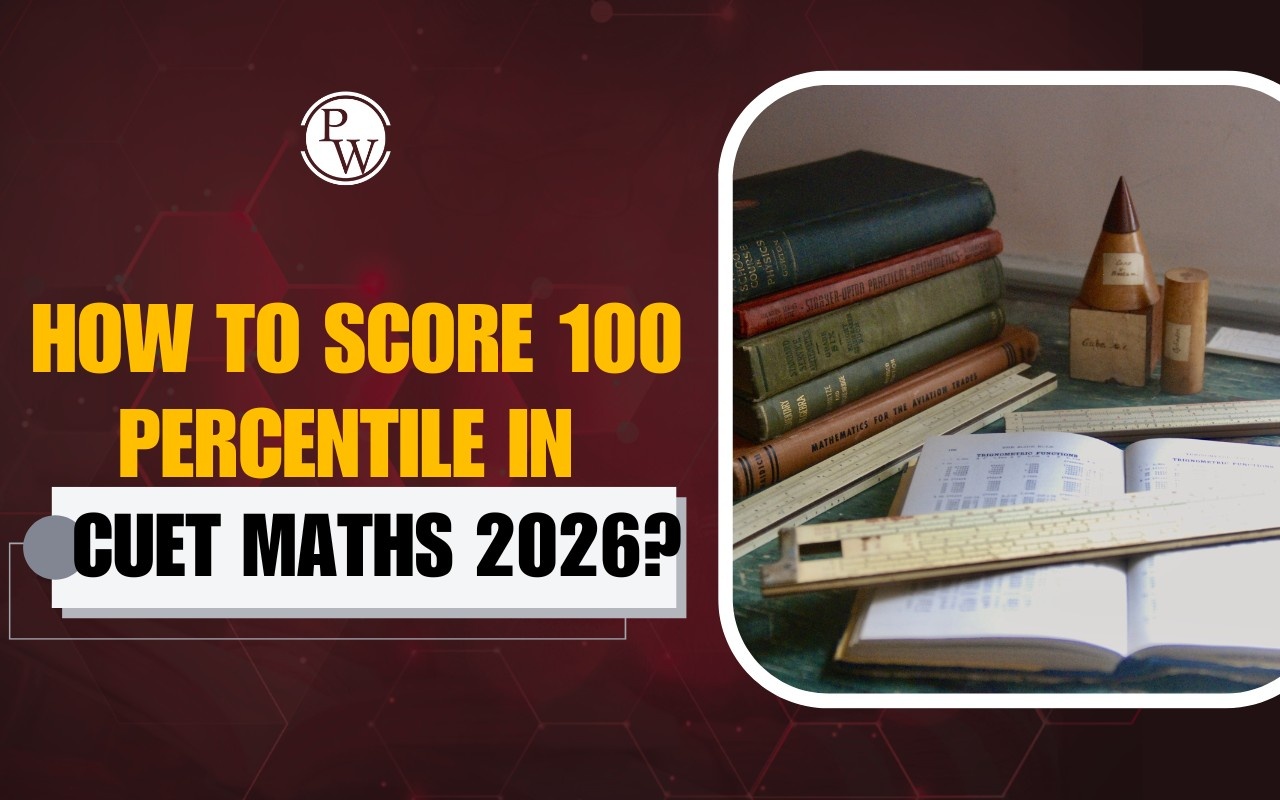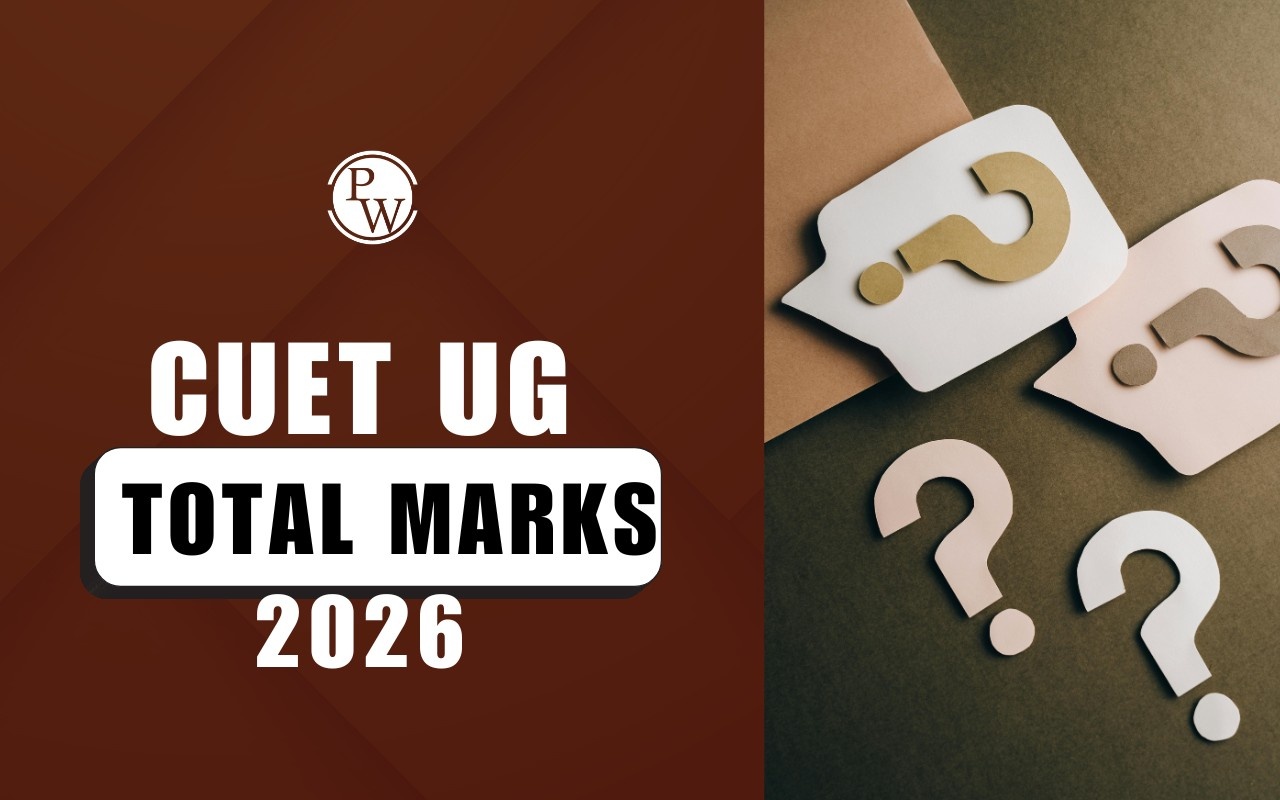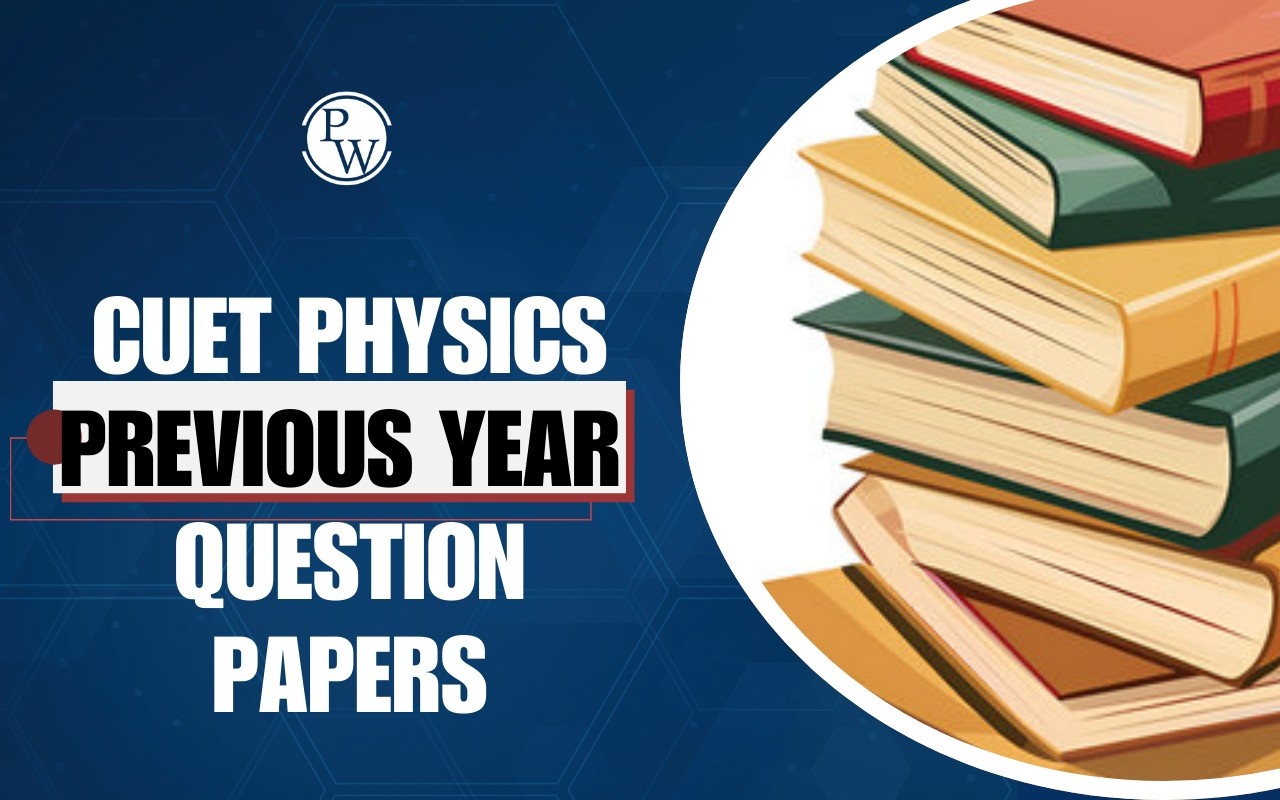
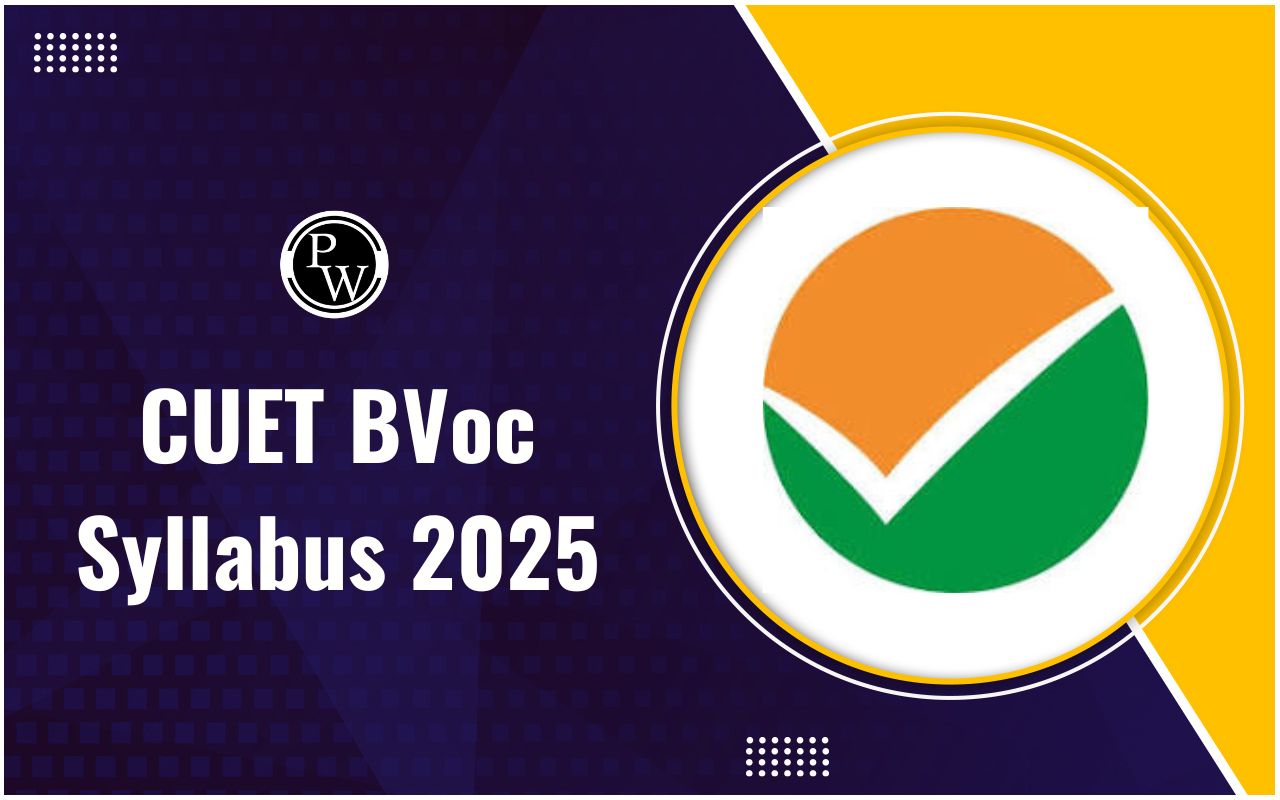
CUET BVoc Syllabus: CUET 2025 exam is expected to be conducted in the third week of May 2025, and the application form will be released in February 2025. If you're planning to take the exam this academic year, it's important to know the syllabus, which includes 27 different domain subjects, 33 languages and a General Test.
CUET BVoc Syllabus generally consists of Physics, Chemistry, Mathematics, and languages. The topics covered in these subjects are from Class 12. The best thing is that the CUET BVoc syllabus is almost the same as the Board exams which provides an opportunity for the candidates to prepare for the CUET exam easily. CUET 2025 syllabus is now available on NTA's official website. Many domain subjects have undergone changes to the CUET syllabus 2025; some chapters were added or changed, while others were deleted. Understanding the BVoc syllabus 2025 will help students in getting ready for each subject. NTA's CUET syllabus 2025 helps applicants understand the subjects that will be questioned in the CUET UG exam.CUET BVoc Syllabus 2025
CUET BVoc syllabus varies across different universities, with each university having its own specific requirements. However, the General Test is a common subject that is typically mandatory for admission into most universities offering BVoc programs. While some universities may only require English proficiency from the Language section of the Common University Entrance Test (CUET), others may also demand domain-specific subjects such as Physics, Chemistry, Mathematics, and so forth.CUET BVoc Syllabus for Section 1A & 1B (Language)
The section 1 of CUET UG Syllabus is divided into two parts - Section 1A and Section 1B. These two parts for CUET Section 1 include 13 and 20 languages respectively. Check below for the offered languages in CUET exam.- CUET Section 1A includes languages such as Tamil, Telugu, Kannada, Malayalam, Marathi, Gujarati, Odia, Bengali, Assamese, Punjabi, English, Hindi and Urdu.
- CUET Section 1B includes languages such as French, Spanish, German, Nepali, Persian, Italian, Arabic, Sindhi, Kashmiri, Konkani, Bodo, Dogri, Maithili, Manipuri, Santhali, Tibetan, Japanese, Russian, and Chinese.
-
Reading Comprehension: There will be three types of passages (maximum 300-350 words)
- Factual
- Narrative
- Literary
- Verbal Ability
- Rearranging the parts
- Choosing the correct word
- Synonyms and Antonyms
- Vocabulary
CUET BVoc Syllabus for General Test
For the General Test Section, candidates will be asked questions from the following topics:- General Knowledge, Current Affairs,
- General Mental Ability, Numerical Ability,
- Reasoning (Simple application of basic mathematical concepts Quantitative arithmetic / algebra geometry /mensuration / statistics),
- Logical and Analytical Reasoning.
CUET BVoc Syllabus for Physics
Candidates will be asked questions in the physics section from the following units and topics. These topics are mostly aligned but are not limited to the Class 12th syllabus.| S No. | Unit | Subtopics |
| 1 | Electrostatics | Electric Charges: Coulomb's law, conservation principles. Electric Field: Due to point charges, dipoles; flux, Gauss’s theorem. Electric Potential: Due to charges, dipoles; capacitance. Electric flux: Gauss’s theorem applications for finding fields due to various geometries. Conductors and Insulators: Free and bound charges, dielectrics. Capacitors: Capacitance, energy stored, Van de Graff generator. |
| 2 | Current Electricity | Electric current: Flow of charges in conductors, Ohm’s law, resistance, V-I characteristics, energy, resistivity. Resistors: Carbon resistors, color code, series/parallel combinations, temperature dependence. Cells: Internal resistance, emf, series/parallel combinations. Kirchhoff’s laws: Application, Wheatstone bridge, Meter Bridge. Potentiometer: Principle, applications for potential difference and comparing cell emf/internal resistance. |
| 3 | Magnetic Effects of Current and Magnetism | Magnetic Field: Oersted’s experiment, Biot-Savart law, Ampere’s law. Forces: On moving charges, current-carrying conductors, between parallel conductors. Torque: On current loop, moving coil galvanometer. Magnetic Dipole: Magnetic moment, revolving electron. Magnetic Field Intensity: Due to dipole, torque on dipole. Earth’s Magnetism: Magnetic elements. Magnetic Materials: Para-, dia-, ferromagnetic substances. Magnets: Electromagnets, permanent magnets. |
| 4 | Electromagnetic Induction and Alternating Currents | Electromagnetic Induction: Faraday’s law, Lenz’s law, eddy currents. Inductance: Self and mutual inductance. Alternating Currents: Peak and RMS values, reactance, impedance, LC oscillations, resonance. AC Circuits: Power, wattless current. Devices: AC generator, transformer. |
| 5 | Electromagnetic Waves | Displacement current. Electromagnetic wave characteristics. Transverse nature. Electromagnetic spectrum. |
| 6 | Optics | Light phenomena: Reflection, refraction, total internal reflection, dispersion. Optical elements: Mirrors, lenses, prisms. Scattering of light: Sky color, sunset/sunrise appearance. Optical instruments: Eye, correction of defects, microscopes, telescopes. Wave optics: Huygens’ Principle, laws of reflection and refraction, interference, diffraction. Polarization: Brewster’s law, uses of plane polarized light. |
| 7 | Dual Nature of Matter and Radiation | Photoelectric effect: Einstein's equation confirms light's particle nature. Matter waves: de Broglie relation shows particles have wave-like properties. Davisson-Germer experiment: Confirmed wave-like behavior of particles. |
| 8 | Atoms and Nuclei | Atom models: Rutherford and Bohr models, hydrogen spectrum. Nucleus: Composition, size, isotopes, isobars, isotones. Radioactivity: Alpha, beta, gamma particles/rays, decay law. Mass-energy relation: Mass defect, binding energy per nucleon. Nuclear processes: Fission, fusion. |
| 9 | Electronic Devices | Solid state energy bands: Conductors, insulators, semiconductors. Semiconductor devices: Diodes (rectifier), LEDs, photodiodes, solar cells, Zener diodes (voltage regulator). Junction transistors: Amplifier (common emitter), oscillator. Logic gates: OR, AND, NOT, NAND, NOR. |
| 10 | Communication Systems | Communication system components. Signal bandwidth (speech, TV, digital data) and transmission medium bandwidth. Electromagnetic wave propagation (atmosphere, sky, space). Modulation necessity. Production and detection of amplitude-modulated waves. |
BVoc Syllabus for Mathematics
For the mathematics section of the CUET exam, the candidates will be asked questions from the following topics.| Section A | Section B1 | Section B2 |
| Algebra | Relations and Functions | Numbers, Quantification and Numerical Applications |
| Calculus | Algebra | Algebra |
| Integration and its Applications | Calculus | Calculus |
| Differential Equations | Vectors and Three Dimensional Geometry | Probability Distribution |
| Probability Distributions | Linear Programming | Index Numbers and Time Based Data |
| Linear Programming | Probability | Linear Programming |
CUET BVoc Syllabus for Chemistry
In the CUET Exam from the chemistry section, questions from the following topics will be asked.| S no. | Unit | Topics |
| 1 | Solid State | Classification, unit cell, density, packing, defects, band theory |
| 2 | Solutions | Types, concentration expressions, colligative properties |
| 3 | Electrochemistry | Redox, conductance, electrolysis, cell EMF, Nernst equation, corrosion |
| 4 | Chemical Kinetics | Rate, factors, rate laws, integrated rate equations |
| 5 | Surface Chemistry | Adsorption, catalysis, colloids, Tyndall effect, emulsions |
| 6 | Principles of Isolation of Elements | Extraction methods, aluminum, copper, zinc, iron |
| 7 | p-Block Elements | Group 15-18, properties, compounds, uses |
| 8 | d and f Block Elements | Transition metals, lanthanoids, actinoids, K2Cr2O7, KMnO4 |
| 9 | Coordination Compounds | Nomenclature, bonding, isomerism, importance |
| 10 | Haloalkanes and Haloarenes | Properties, substitution reactions, environmental effects |
| 11 | Alcohols, Phenols, and Ethers | Properties, preparation, uses |
| 12 | Aldehydes, Ketones, and Carboxylic Acids | Properties, preparation, uses |
| 13 | Organic Compounds Containing Nitrogen | Amines, diazonium salts |
| 14 | Biomolecules | Carbohydrates, proteins, hormones, vitamins, nucleic acids |
| 15 | Polymers | Classification, polymerization methods, important polymers |
| 16 | Chemistry in Everyday Life | Medicines, food chemicals, cleansing agents |
CUET BVoc Exam Pattern 2025
Candidates who are willing to get admission to the BVoc course through CUET UG exam can check the exam pattern below. They will be asked 50 questions. Out of which 40 questions need to be answered.|
CUET BVoc Exam Pattern 2025 |
|
| Particulars | Details |
| Status of CUET B Voc Syllabus | Released |
| CUET Exam Conducting Body | National Testing Agency (NTA) |
| Medium of Exam | 13 languages - English, Hindi, Urdu, Assamese, Bengali, Odia, Punjabi, Gujarati, Marathi, Tamil, Telugu, Kannada, Malayalam |
| Number of questions | 40 out of 50 questions to be attempted |
| Type of questions | Multiple Choice Questions |
| Marking Scheme | +5 for each correct answer -1 for each incorrect answer |
| CUET B Voc Mapping for Courses | B.A Hons. in B Voc |
CUET BVoc Preparation Tips
Candidates who are preparing for CUET exam for BVoc admission must follow the below tips to secure a good score in the exam.- Understand the Syllabus : Start by carefully going through the CUET BVoc syllabus. Know the subjects, topics, and the type of questions that will be asked.
- Make a Study Plan : Create a study schedule that covers all subjects and allows you enough time to revise. Stick to the plan consistently.
- Focus on Basics : Make sure you have a strong understanding of the basics. Don’t rush into advanced topics before mastering the fundamentals.
- Practice Previous Year Papers : Solve past year’s question papers to get a feel for the exam format and types of questions. This helps with time management too.
- Use NCERT Books : NCERT books are a great source of information for CUET preparation. They explain concepts in a simple and clear way.
- Improve Time Management : Practice solving questions under time limits. This will help you manage the exam time better and reduce stress.
- Take Regular Breaks : Don’t study for long hours without breaks. Take short breaks to relax and refresh your mind.
- Revise Regularly : Regular revision is key to retaining information. Set aside time each week to go over what you’ve studied.
- Stay Updated with Current Affairs : If the exam has a section on general knowledge or current affairs, read newspapers or watch news to stay informed.
- Stay Positive and Healthy : Stay confident and keep a positive attitude. Eat well, exercise, and get enough sleep to keep your mind and body healthy during preparation.
Study Material For CUET 2025 Preparation
Comprehensive guides, practice papers, mock tests, and video lectures designed to help students excel in the CUET 2025 exam. Boost your preparation with expert resources.| Study Material For CUET 2025 Preparation |
| Checkout CUET Books from PW Store |
| Checkout Question Banks from PW Store |
| Checkout Mock Test from PW Store |
CUET BVoc Syllabus 2025 FAQs
Q.1: Can I leave the BVoc degree in between?
Ans. Yes, you are free to leave the BVoc program after the first or second year. You are eligible to get a vocational studies diploma certificate if you leave the program after the first year.
Q.2: Is CUET based on the 12th syllabus only?
Ans. According to the NTA's announcement, the questions may include topics from Class 11 and Class 12.
Q.3: Is CUET a private exam?
Ans. No, CUET is a government exam conducted by NTA.
Q.4: How many domain subjects are there in CUET?
Ans. There are a total of 12 domain subjects included in the CUET Exam pattern.
Q.5: Is CUET MCQ based?
Ans. The CUET exam paper will be objective, with totally multiple-choice questions.
🔥 Trending Blogs
Talk to a counsellorHave doubts? Our support team will be happy to assist you!

Check out these Related Articles
Free Learning Resources
PW Books
Notes (Class 10-12)
PW Study Materials
Notes (Class 6-9)
Ncert Solutions
Govt Exams
Class 6th to 12th Online Courses
Govt Job Exams Courses
UPSC Coaching
Defence Exam Coaching
Gate Exam Coaching
Other Exams
Know about Physics Wallah
Physics Wallah is an Indian edtech platform that provides accessible & comprehensive learning experiences to students from Class 6th to postgraduate level. We also provide extensive NCERT solutions, sample paper, NEET, JEE Mains, BITSAT previous year papers & more such resources to students. Physics Wallah also caters to over 3.5 million registered students and over 78 lakh+ Youtube subscribers with 4.8 rating on its app.
We Stand Out because
We provide students with intensive courses with India’s qualified & experienced faculties & mentors. PW strives to make the learning experience comprehensive and accessible for students of all sections of society. We believe in empowering every single student who couldn't dream of a good career in engineering and medical field earlier.
Our Key Focus Areas
Physics Wallah's main focus is to make the learning experience as economical as possible for all students. With our affordable courses like Lakshya, Udaan and Arjuna and many others, we have been able to provide a platform for lakhs of aspirants. From providing Chemistry, Maths, Physics formula to giving e-books of eminent authors like RD Sharma, RS Aggarwal and Lakhmir Singh, PW focuses on every single student's need for preparation.
What Makes Us Different
Physics Wallah strives to develop a comprehensive pedagogical structure for students, where they get a state-of-the-art learning experience with study material and resources. Apart from catering students preparing for JEE Mains and NEET, PW also provides study material for each state board like Uttar Pradesh, Bihar, and others
Copyright © 2025 Physicswallah Limited All rights reserved.
